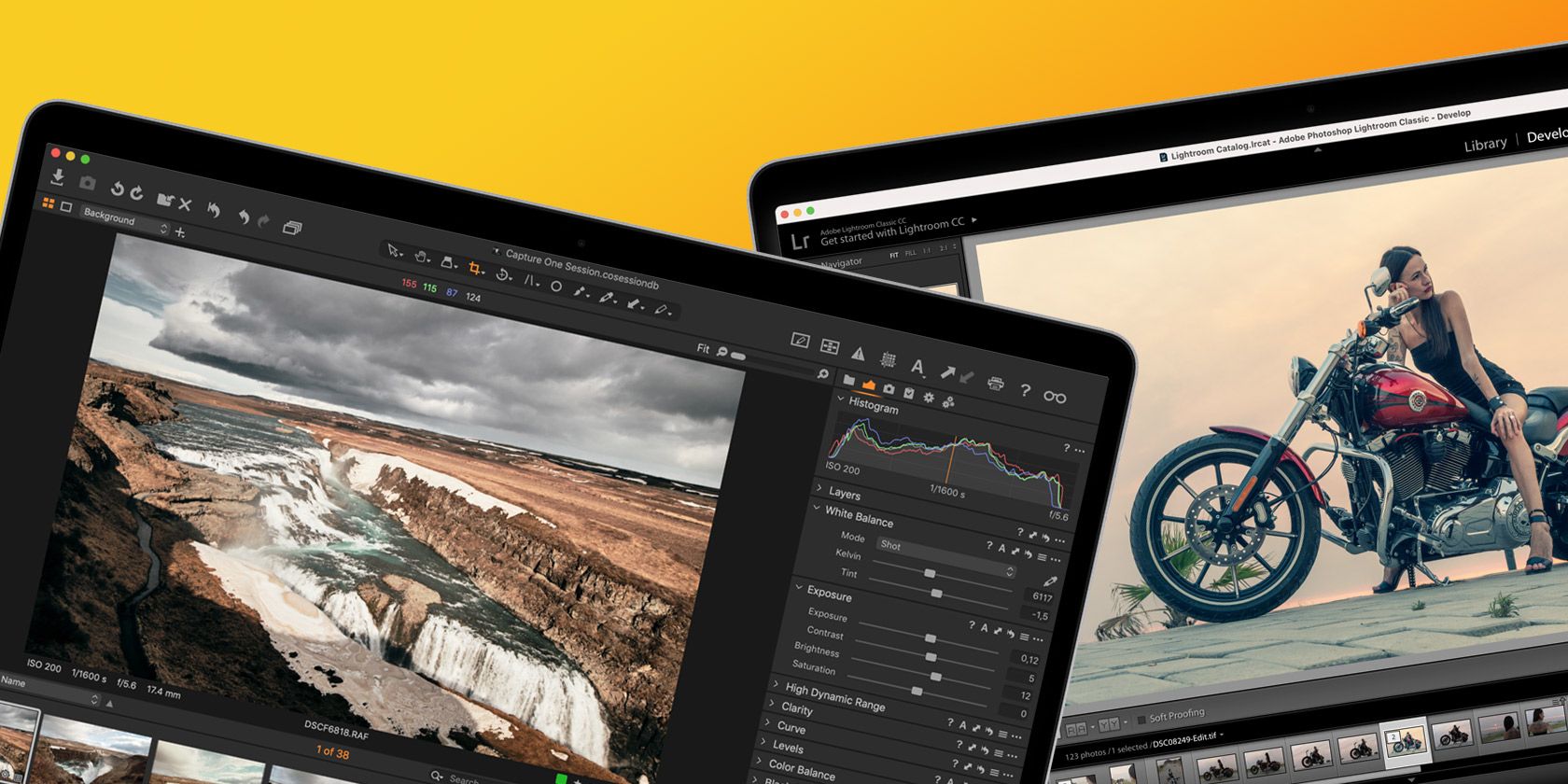

If we go through the panels, comparing both, the LR library is exactly right. In the end neither are great for a lot of manipulations, which is disappointing as it makes you want to return to Photoshop where there is never a delay in any operations. C1 though with a lot of local adjustment layers, the masks can slow down the display refresh rate. Some strange anomalies are LR has a fit if you use the clone heal a lot. LR starts to slow down a lot when you paint a lot of local edits, yet C1 slows down with a lot of global edits. Images are all on RAID 0 hard drives ( backed up regularly).įor performance it depends on where you are in the edits. I have the lrcat (LR catalogue database) on a separate SSD, and the scratch volume is the same. Multiple catalogues are possible in both LR and C1, the better option being C1 as you can have multiple catalogues open at the same time. This is made more complicated when in the develop module as the more manipulations you have the slower the catalogue can become. I have 240000 images mostly raws in my LR catalogue. This is why for me sessions would limit my vision and scope of such a vast catalogue of images. I have all my images in one LR catalogue as I go into the “digital darkroom” everyday and look at new ways of processing images old and new alike. Certainly doing a tethered shoot is best done this way, no reason to shoot directly into a database. While LR is catalogue only, meaning database, it is extremely stable so much so I’ve only once had a slight problem easily fixed with a system level backup.Ĭ1 sessions are a good way to do new shoots, being they are simply a folder structure where you file them into their appropriate slots. You have to choose if you open a session or include imports into a catalogue. Once up and running Importing images and previews builds are fast enough relative to LR not that I noticed anything worth looking into. The launch time of C1 is rather slow even with an empty catalogue. It will take time to learn to be as proficient with C1, yet the latest version along with the excellent tutorials has made it relatively easy to get up to speed. I have taught LR at Parsons, and still give private lessons.

To be fair, I am certainly a power user of Lightroom. Admittedly Adobe has the resources to do so, thus rounds of applause to Phase One as to what they have accomplished for users. Phase One have only recently achieved a similar level. Today LR has done everything possible to make information available with excellent help manuals, online information, and tutorials. In Adobe’s camp George Jardine had really promoted LR well, most questions were quickly answered on forums and a lot of tutorials followed. I tried the application but could not understand the UI at all and there was no help to be found. I first heard of Capture One around version 3. It took a while to get used to a modular interface though over a menu driven interface. I started with the first public beta in 2006 and fell in love with what I could do making brilliant B&W images without Photoshop and better ways of doing so, completely within a visual UI. The idea for such an application started many years earlier 1999 is marked on the Wiki page. This pushed the few people at Adobe to move ahead quickly with a secret project of an application just for photographers and their new digital workflow. Somewhere out of the blue came an Apple application called Aperture, ingenious and rebellious in its way of rethinking menu driven UI towards a visual approach. That was the old days of scanned film, a drum scanner in my case, and off to printing after Photoshop editing. I was an early adopter trying to get the best quality for images going to press. I am currently shooting with Canon 5DMKIII and a Canon 100D, yet have files from many Nikon 810, and other bodies. It has been a long road along which many of us are still traveling along in the digital photography procession. Phase One Capture One Review Adobe Lightroom v 5.7 vs Phase One Capture One v 8.3.4 Review segment 1


 0 kommentar(er)
0 kommentar(er)
